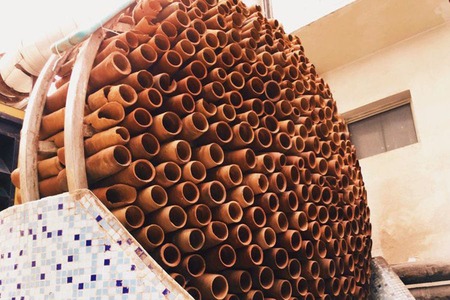
Silk industry likely to become self-sustaining by 2020
YarnsandFibers News Bureau 2015-11-18 11:00:00 – KarnatakaThe Central Silk Board Member Secretary H. Nagesh Prabhu speaking to reporters in Mysuru on Monday said that India doubled its raw silk production in the last 10 years from 15,000 tonnes a year to almost 29,000 tonnes a year. With a growth rate of 7.5 percent per annum, silk industry is likely to become self-sustaining by 2020.
The Indian silk industry contributes nearly 28,700 tonnes (16.12 percent) of silk to the total world output and also meets the demands of domestic silk market. At present, India imports 6,000 to 8,000 tonnes of raw silk and silk fabric from China to meet the growing domestic demand (around 34,000 tonnes), besides exporting silk worth Rs. 3,000 crore a year.
Research and development has contributed immensely to boost production, in addition to the new silkworm productive breeds, high yielding mulberry varieties, quality disease-free layings, scientifically-designed rearing shed, mounting devices, and high performance reeling devices.
Dr. Prabhu said that the bivoltine silk production had doubled within a year as the output had gone up from 1,700 tonnes in 2013-14 to 3,800 tonnes in 2014-15. To boost bivoltine silk production, Rs. 720 crore would be spent in north-eastern States for the next three years.
India ranks second after China with an annual output of 28,700 tonnes, it produces 74% of mulberry silk and 26% of Eri,Tasar and Muga varieties and employs over 8.3 million people.
Market Intelligence
Ask for free sample Report

experience
Customer Base
dedicated team
Countries Served Worldwide









